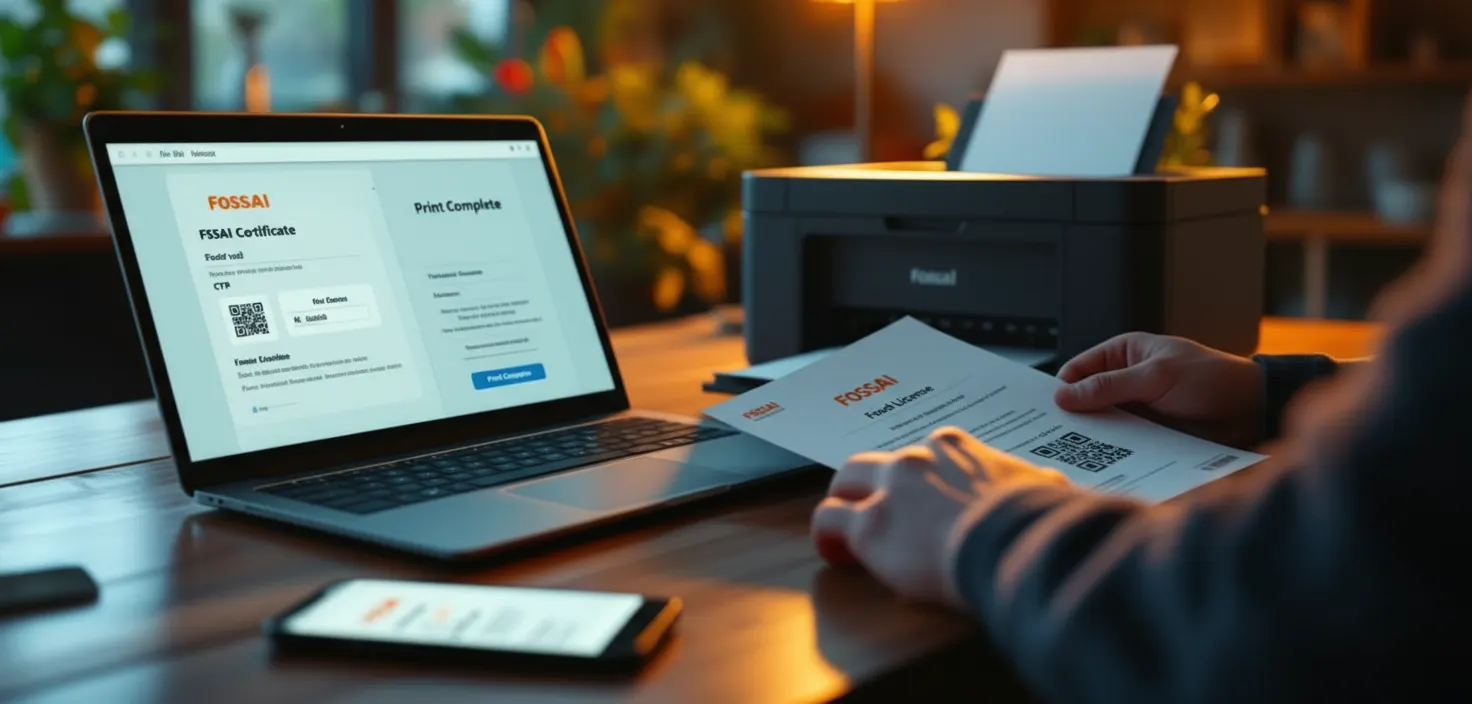
Introduction
The import of drugs and cosmetics to India is governed by the Drugs and Cosmetics Act, 1940 and the Drugs and Cosmetics Rules, 1945. Here’s a brief overview of the process and requirements for obtaining a licence for importing drugs and cosmetics:
Application for Import License:
The application must be filed in
- Form 8 in case of the drugs excluding the Drugs in Schedule X
(or)
- Form 8A for the list of drugs mentioned in Schedule X of the Drugs and Cosmetics Rules 1945.Drugs in Schedule X are dangerous and addictive drugs.
Together with Form 9 which is a declaration by the manufacturer or his agent,
And to be submitted to the Drugs Controller General of India (DCGI).
An application is filed in Form 8 and Form 9 to seek import licence in Form 10. All applications should be submitted through the CDSCO portal.
Rule 24 of the Drugs and Cosmetics Rules of India specifically deals with the procedure relating to grant of import licence.
Procedural Requirements are as follows:
- The application should be made either by the manufacturer himself who holds a wholesale drug Licence for sale or distribution of drugs under the Drugs and Cosmetics Rules 1945.
- By the manufacturer’s agent in India either licensed under the Drugs & Cosmetics Rules for manufacture for sale of a drug or holder of a valid wholesale licence for the sale or distribution of drugs under these rules.
- In a power of attorney, the consent by the manufacturer to his Indian agent has to be recorded and notarized either in India before a First Class Magistrate or in the country of origin.
Application should be followed by a copy of the Registration Certificate in Form 42 issued under Rule 27A and has to be made by the importer for obtaining an import licence certificate.
Conditions For Award Of An Import License
From, the Drugs and Cosmetics Rules 1945,
Rule 25A provides the following conditions to be complied with by the applicant
- Regarding the imported substances, they shall be arranged well for retaining the characteristics of the Drugs which apply for import licence.
- Where any such change in the constitution of the manufacturer site or address takes place, the current Registration Certificate is deemed to be valid for a maximum of 3 months from the date. Meanwhile, a new Registration certificate will be garnered from the licensing authority with charned details.
Documents Required:
- Cover letter (Provide a covering letter specifying the purpose of the application and the list of documents enclosed
- Form 8/8A
- Form 9
- Valid Registration Certificate on Form 41
- Certificate to purchase or to resell the drugs.
- Copy of permission to import the new drug under Rule 122A
- Copy of GMP certificate of the manufacturing site also known as good manufacturing practices certificate.
- Such drug products need to have a Certificate of Pharmaceutical Product (COPP) documenting it in accordance with the WHO format.
Fees:
To be paid according to the schedule mentioned in the Drugs and Cosmetics Rules.
Verification and Inspection:
Manufacturing premises itself may be inspected by the Indian drug authorities as per their requirements.
Grant of Licence:
Form 10 – The licence will be granted in Form 10 for the Drugs
Form 10A – The import licence for drugs of Schedule X will be granted in Form 10A.
Validity of Import Licence
The import licence is valid for a term of 3 years.
Renewal of Import License
The renewal application should be filed along with the necessary documents within 3 months of expiry of the Import licence.
FORM 10A
The Form 10A under the Drugs and Cosmetics Act, 1940 and Drugs and Cosmetics Rules, 1945 relates to the licence to import the Schedule X drugs. Schedule X drugs are a variety of drugs which have some restrictions on their prescription since they are potentially addictive drugs.
Licence to Import Schedule X Drugs On Form 10A
- Purpose: Form 10A is the licence of the licensing authority for allowing the import of Schedule X products to India.
The key elements of ‘’Form 10A’’ can be generalised as:
- Licence Number: A no that will be used to identify the import licence in question.
- Licence Holder Details: Particulars of the importer, this is the full name and the physical address of the person or company that was granted the import licence.
- Date of Issue: The calendar date when SFI, Inc. obtains the licence for operation or when the modification is made.
- Validity: The amount of time for which the licence will be in force or the validity of the licence.
- Conditions of Licence: Particular circumstances where the licence is given- With reference to certain rules and regulations.
Ways and procedure of acquiring Form 10A
1.Application Submission:
The application has to be filed in Form 8A only.
This is followed by Form 9, which is a statutory declaration by the manufacturer or the principal manufacturer.
2.Required Documents:
- Power of Attorney: Legalised by notary and apostille to authorising the applicant in India.
- Wholesale Licence: True copy of the wholesale licence for the sale and distribution.
- Manufacturing Licence: Manufacturing licence of the country of origin from the respective authority of the country of manufacture.
- GMP Certificate: This has to be accompanied with a Compliance certificate with WHO GMP guidelines.
- Certificate of Pharmaceutical Product (COPP): According to the WHO guidelines format for each drug.
- Product Label: Example of the product label as it appears to the public.
- Product Information: Information about the product; In particular, clinical data regarding the manufacturers’ products, their safety, and effectiveness.
3.Fees:
It is recommended to pay the fees as fixed on or before the appropriate dates provided under the Drugs and Cosmetics Rules, 1945.
4.Inspection and Verification:
The manufacturing premises used in the manufacturing of the drugs can be inspected by the Indian drug regulatory authorities.
Authentication of documents and info supplied by the participants.
5.Grant of licence
Ban on import certain drugs and cosmetics
Section 10 of the Drugs and Cosmetics Act 1940 prohibits the import of the following drugs:
- Drugs that are not fit for human consumption
- Any such drug which is a counterfeit drug or contaminated or is mixed with other substance called an adulterant is banned from importing.
- Anyone who sells cosmetics that are deceptive or of bad quality
- Any patent or any proprietary medicine, which does not contain the true formula or a list of ingredients present in it.
- Cosmetics that contains an element that could possibly be injurious to the health in case it is ingested
- Any drug or cosmetic that under these provisions is banned from being imported.
Note: This section itself has an exception for the import of any drug in a quantity of not more than the enough for examination, test, or analysis or for personal usage, provided that, the following conditions are fulfilled.
Central Government’s Power Of Prohibition
The Central Government can prohibit the import of a drug or cosmetic if the government is satisfied that:
- Such drug or cosmetic entails risk to a human being or to any animal that comes into contact with it.
- The drug that loses its therapeutic use.
- The drug or cosmetics contains a material or ingredient in an amount which is not reasonably required for achieving the intended therapeutic effect.
However, the Central Government may, on the recommendation of the Board, allow the import of any particular drug or class of drugs not being of standard quality, by notification in the Official Gazette. This permission would be given subjected to any condition as may be necessary.




